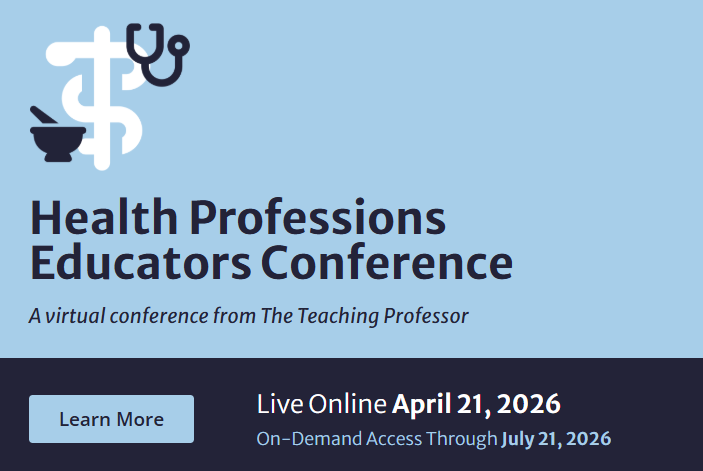I don’t get it! Every fall the new telephone book arrives, filled with lots of information and with loads of new numbers, so why don’t we design a class that covers this material? Nowhere do we teach this information. Why don’t we expect folks to study the telephone book and memorize the numbers? Grudgingly, I am forced to admit that no real justification for memorizing telephone numbers exists, as tempting as it might be for me to teach this course.
For one thing, there are just too many numbers. Back when there were only a dozen or so, it might have been possible to memorize them all—not that it would have served any existential purpose, but just as an exercise. Now there are way too many. My critics tell me the real problem is that the telephone book is pretty useful as a reference. It is well organized and easy to find a number when you need it. In fact, it turns out that most people have no interest in memorizing telephone numbers and only learn those they use regularly, although speed dial can remove even that reason. Basically, all that folks need to know is how to use a phone book.



